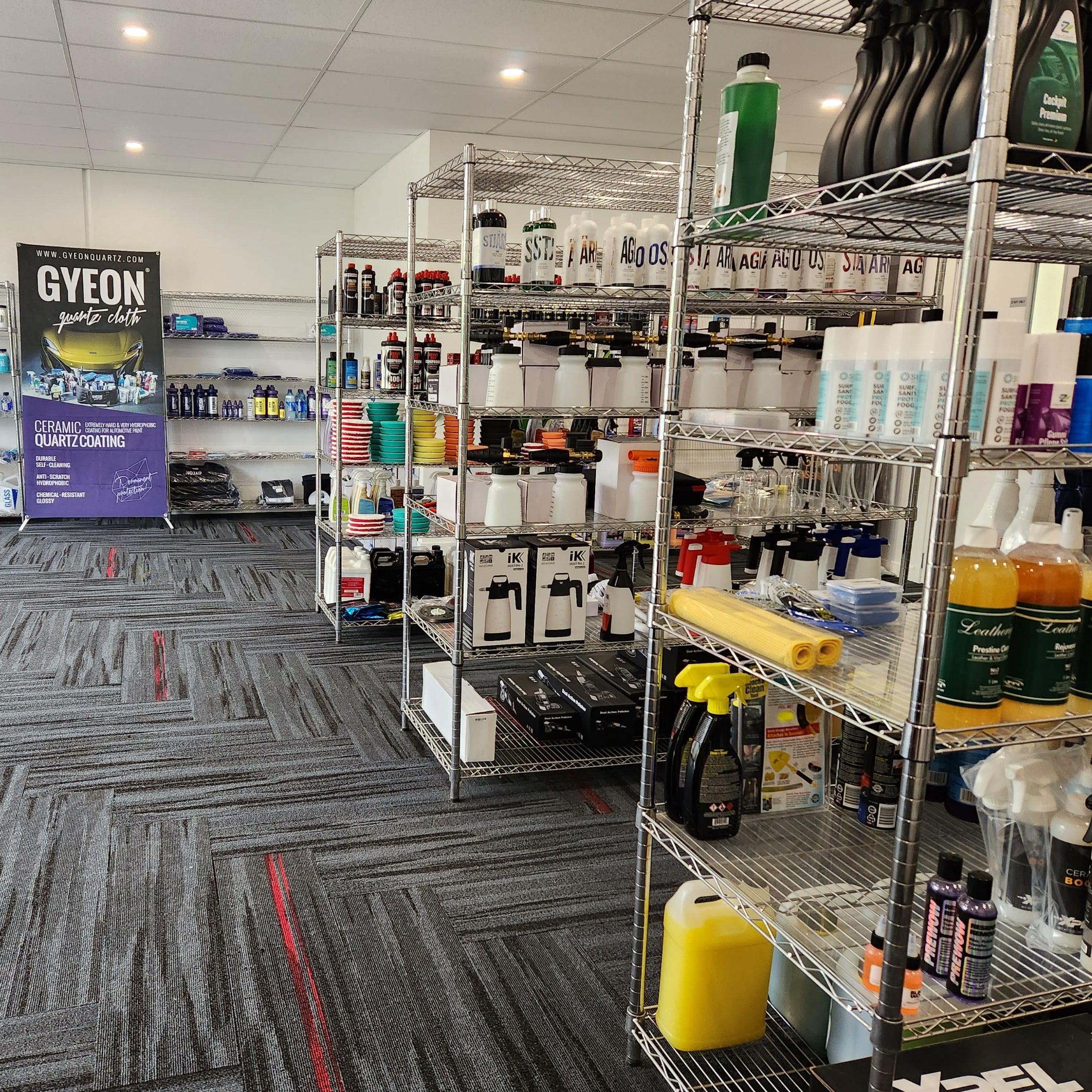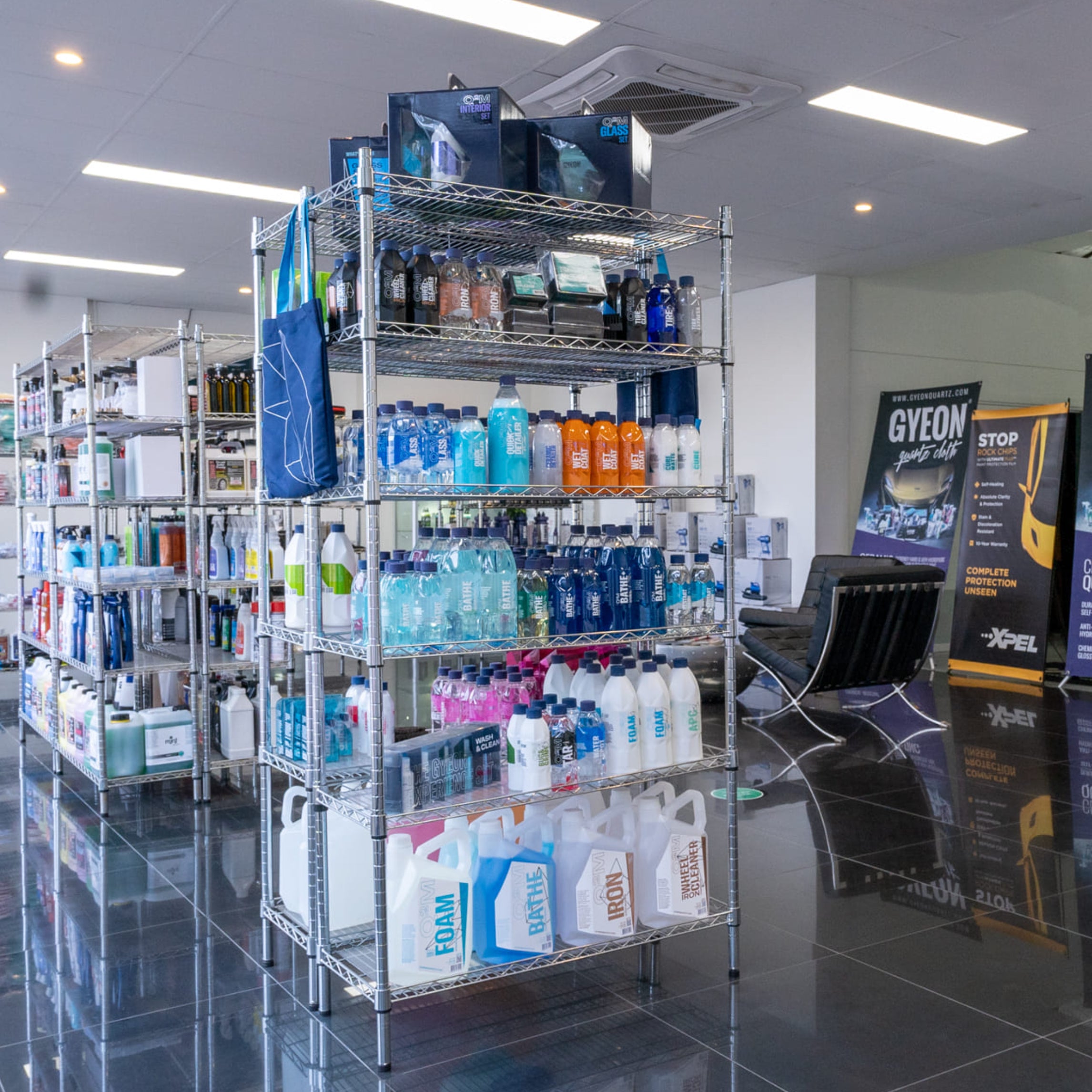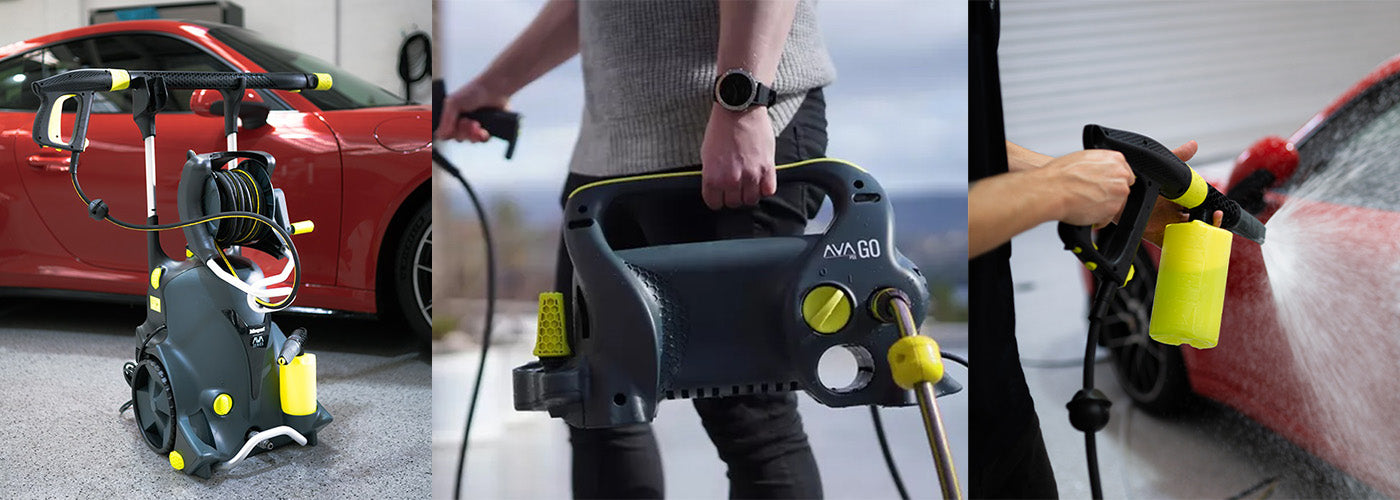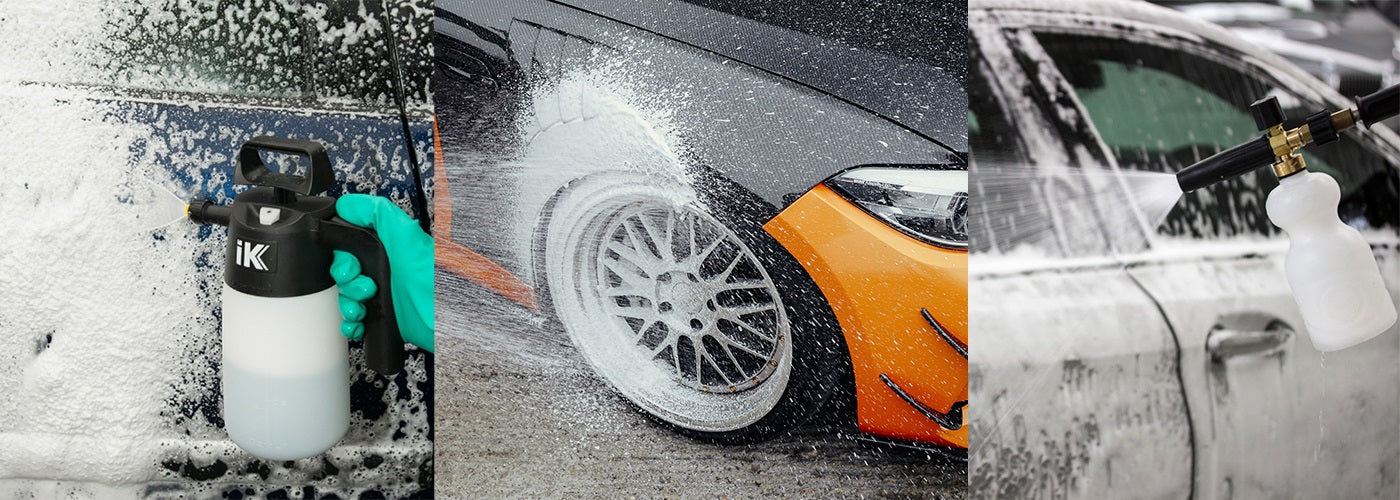There are many different types of leather used in cars, some very old thick hides, some new synthesised leather, some tanned hides and even specialist coloured or textured leathers. When used in an automotive application leather is usually placed under tough conditions with fluctuating temperatures, direct sunlight, abrasive wear from your cloths and other strains that can wear and age leather on a daily basis.
So to stop your leather from drying out, creasing and even cracking, not to mention getting dirty and marked, some regular maintenance should be carried out.
Leather will respond like your skin, to cleaning and conditioning (moisturising) and this is usually done in two separate stages, firstly clean to remove the dirt and then condition to impart moisture and protection, in the form of natural oils and proteins.

Tips before starting:
Always work in the shade or inside and ensure the car and leather surface is cool. Ensure the seats are vacuumed well to remove any large dirt particles and deposits, especially in the seat folds and creases.
What you need:
A good quality leather shampoo and conditioner, such as Duragloss, GYEON Leather Cleaners. A soft cloth or two, microfiber is perfect and a leather brush for cleaning.
Directions:
Firstly, take your Leather Shampoo and spray onto the leather seat or area to be cleaned. Then agitate the surface with a soft cloth or soft bristled Leather Brush to work the shampoo into the grain, the brush works best for textured, creased or dirty leather.
Make sure you cover all the area including side panels and crevices between the cushions. After this wipe off the dirty solution with a soft microfiber cloth, this will absorb the dirt, make sure the leather is thoroughly dried.
Following cleaning it is important to condition your leather. This will replace any natural oils and moisture that is lost when using the car, and over time from the sun, pollution and other environmental conditions.
Take a soft foam applicator and just a small amount of leather conditioner and massage gently into the surface. Ensure you cover all of the area and focus on high-use areas including the sides and between sections.
Leave the conditioner to be fully absorbed for 30 minutes and you should have clean, soft leather that will remain supple and protected against the elements.


Ongoing Tips & Troubleshooting:
Leather should ideally be cared for at least every 3-6 months for daily drivers and every 6-12 months for weekend rides. With proper cleaning and conditioning your leather should remain soft and supple for years to come.
When cleaning your leather interior, a suggestion is to start with the driver's seat and move around the car coming back to and repeating the action on the driver’s seat. Do this repeat action for both the cleaning and conditioning on the driver’s seat, as this is used 100% of the time and receives the most wear. By doing this extra care and attention the whole of the interior should remain cared for and looking good.
If your seats still look dirty after a clean, then repeat this stage before moving onto the conditioning stage. Some seats that have not been cleaned for some time may well need 2 or 3 treatments to get them looking new again.
Similarly, if your seats still look or feel dry or hard after conditioning, then repeat this stage after 30 minutes. Some seats that have not been conditioned for some time may well need 2 or 3 treatments to get moisture back into them.
If your leather is a vintage or old original leather that is really old and dry then an intense treatment maybe needed such as Leatherique.

For a demonstration of this topic please see the video:





